Old-school style drives historical Puma forward
With classic kicks designed for the first wave of B-boys in New York City, the pioneers of SoCal skateboarding, and South American soccer legends, there's no doubt about it: Puma does old-school very well. The challenge, then, becomes keeping the label fresh without leaving its iconic designs by the wayside. So when you browse through the new two-level concept store on Granville Street, expect to find a combination of original Puma designs from the '60s and '90s, as well as updated versions of Puma's retro collections. But keep in mind that it's not always easy to differentiate between the two.
“I think that when you can't really tell, we're probably doing our job right,” says Roberto Rossi, director of marketing for Puma Canada. He's referring to the Originals Reporter Bag ($40 to $140, depending on size and finishing) and several of the track jackets. From afar, these '70s-inspired items look as though they could have been dug up at Value Village. But closer inspection reveals that the fabric technology and logo are state-of-the-art.
“From our experience, if you're just doing classic—if you're just looking back—when it comes to appealing to a 19-year-old Vancouver kid, it's not enough,” says Rossi. “You have to interpret it [classic style] in a current context. So you take that original influence and just kind of freshen it up. I mean, look at the Chrysler 300, which has been a huge success. They took a sort of classic Bentley style—it almost looks like a Hot Wheels car—yet it's modern enough to appeal to hip-hop guys. So for us, the old-school soul is a driver in what we do, but we can't stop there.”
With some shoes, though, they did stop there, simply because the demand for them hasn't waned over the years. Take the Clyde ($109.99), an instantly recognizable sneaker designed for the original NBA pimp, Walter “Clyde” Frazier. Then there's the Brasil ($99.99), a style designed for the Muhammad Ali of soccer, Pelé. There's also the Suede ($109.99), which track-and-field star Tommy Smith wore during his black-power protest on the Olympic podium in '68. And for the vertical kids, there are the First Round high-tops ($129.99), synonymous with Tony Hawk in the '90s.
As far as new-school goes, Puma has plenty to offer. Just over a year ago, in collaboration with Japanese designer Evisu, it launched a line of dark blue jeans in a variety of styles, including the ever-present skinny ($200 to $220). For footwear, there's Alexander McQueen's AMQ My Left Foot Trompe L'Oeil ($269.99, in limited quantities), a slip-on sneaker with a translucent rubber outsole and a henna-esque pattern engraved on the waxed canvas upper. (It comes in black and cream.)
The store's eclectic offerings are a long way from Puma's humble beginnings in Germany, where Rudolf Dassler launched the company in the 1920s. The Vancouver store, located at 834 Granville Street, isn't far from Puma's archrival, Adidas (848 Granville Street), which incidentally was started by Rudolf's brother Adolf Dassler.
“I don't know what the story was, but someone got pissed off and just started their own company,” says Rossi of the family feud. “I think Rudolf was a little bit of a black sheep, though, because when you look at Puma versus Adidas—and I have a lot of respect for what they [Adidas] do—we tend to be a little bit more out there, a little bit edgier. Whereas they have a much more traditional sportswear positioning.”
According to the Montreal-based Rossi, one reason the company chose the spot was the vibe of the 'hood.
“I think there's something going on here, from an energy standpoint,” he says. “I had a good chance to walk around for the last three or four days, and this seems to be a good place for us; it just fits really well.”


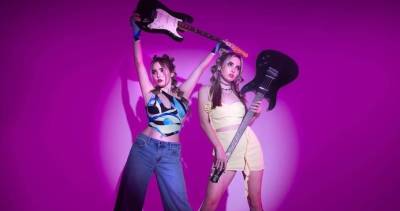
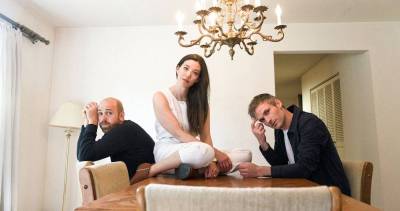
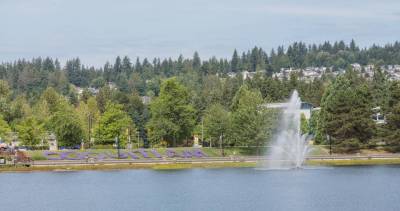

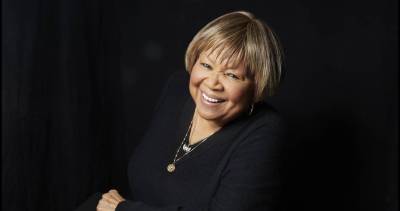
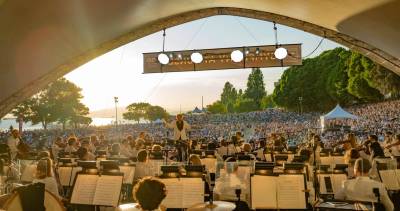

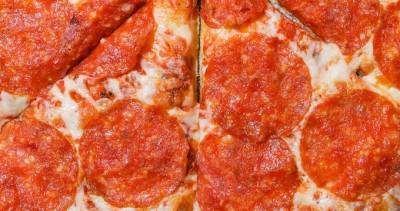





Comments